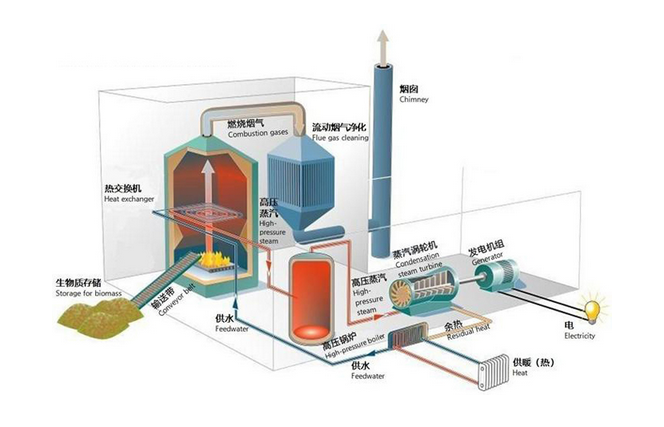The role of water pumps in biomass energy systems
Water pumps play a vital role in biomass energy systems. Although the water pump itself is not directly involved in the conversion or generation process of biomass energy, it plays an indispensable role in the operation and maintenance of the system. The following is a detailed analysis of the role of water pumps in biomass energy systems:
1. Providing necessary fluid power
In biomass energy systems, many devices and processes require the flow of fluids (such as water, steam, etc.) to transfer energy or exchange materials. Water pumps ensure that these devices and processes can operate normally by providing the necessary fluid power. For example, in a biomass boiler system, a water pump can transport water to the heating area of the boiler to convert it into steam, which in turn drives the turbine to generate electricity or be used for other heat energy utilization processes.
2. Maintaining stable system pressure and flow
The stable operation of the biomass energy system requires maintaining a certain pressure and flow. By adjusting its output flow and pressure, the water pump can ensure that the fluid pressure and flow in the system remain within the set range. This is essential for the safety and efficiency of the system. For example, in a biomass gasification system, a water pump can ensure the stability of the pressure and flow in the gasifier, thereby optimizing the gasification process and improving the conversion efficiency of biomass energy.
3. Auxiliary system cleaning and maintenance
During the operation of the biomass energy system, some solid particles, sediments or impurities may be generated. These substances may clog the pipeline and affect the normal operation of the equipment. The water pump can also play an auxiliary cleaning and maintenance role in the system. By running the water pump regularly, these impurities can be flushed out of the system to keep the pipeline unobstructed and the equipment clean. This is of great significance for extending the life of the system and improving operating efficiency.
4. Realize circulation and reuse
In the biomass energy system, many fluids (such as water, coolant, etc.) need to be recycled. The water pump realizes the circulation and reuse of these fluids by providing power. This can not only improve the utilization efficiency of resources, but also reduce the impact on the environment. For example, in the cooling system of a biomass power plant, the water pump can circulate the coolant to the cooling area of the generator set to achieve effective heat dissipation and reuse.

In summary, the water pump has multiple functions in the biomass energy system, such as providing fluid power, maintaining the stability of system pressure and flow, assisting system cleaning and maintenance, and realizing circulation and reuse. These functions together ensure the stable operation and efficient utilization of the biomass energy system.




